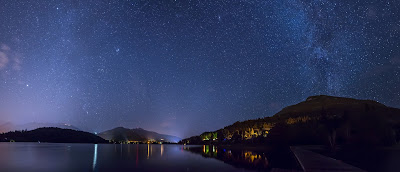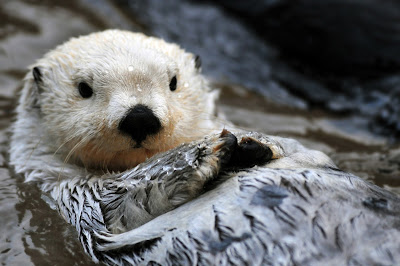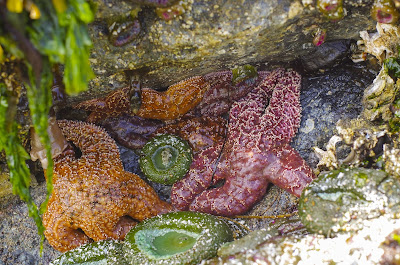 |
| Mike Trask, Titan occidentalis, Fernie, BC |
The first was about one-third the size and was identified as Lytoceras, a fast-moving nektonic carnivore. This specimen, found in 2004, is significantly larger and relatively rare in North America. With no ruler of an appropriate size, you can see Mike Trask sitting in for scale.
It has been identified as a Titanites occidentalis, (Western Giant), the second known specimen of this extinct fossil species. The first was discovered in 1947 in nearby Coal Creek by a British Columbia Geophysical Society mapping team.
Titanities is an extinct ammonite cephalopod genus within the family Dorsoplanitidae that lived during the upper Tithonian state of the Late Jurassic, some 152 to 145 million years ago.
In the summer of 1947, a field crew was mapping coal outcrops for the BC Geological Survey east of Fernie. One of the students reported finding “a fossil truck tire.” Fair enough. The similarity of size and optics are pretty close to your average Goodridge.
A few years later, GSC Paleontologist Hans Frebold described and named the fossil Titanites occidentalis, after the large Jurassic ammonites from Dorset, England.
The name comes from Greek mythology. Tithonus, as you may recall, was Prince of Troy. He fell in love with Eos, the Greek Goddess of the Dawn. Eos begged Zeus to make her mortal lover immortal. Zeus granted her wish but did not grant Tithonus eternal youth. He did indeed live forever, aging hideously. Ah, Zeus, you old trickster.
It is a clever play on time placement. Dawn being the beginning of the day and the Tithonian being the dawn of the Cretaceous.
Clever Hans!





















.png)






